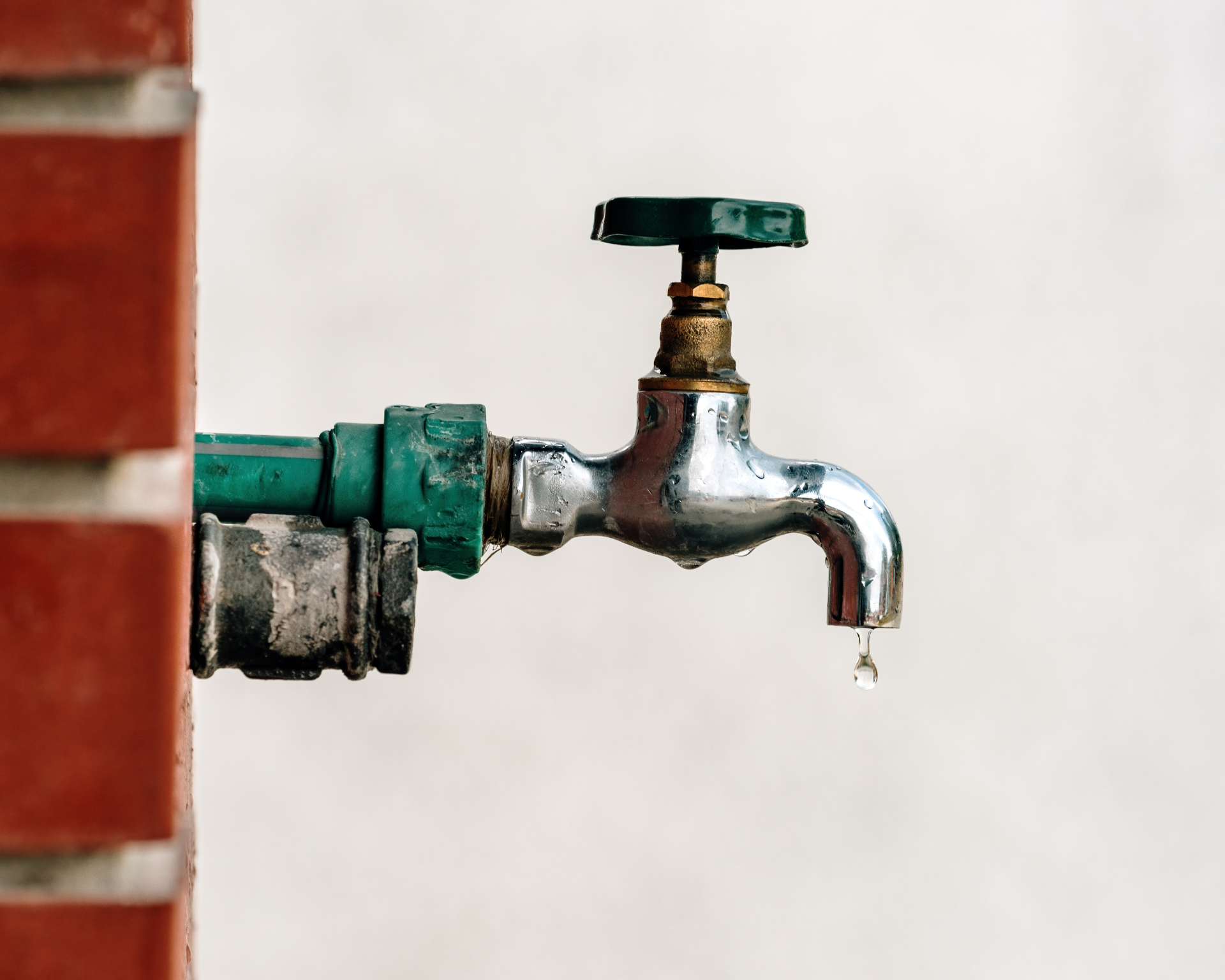Toxic Taps: The Health Crisis Flowing Through America’s Pipes
Water systems in low-income areas and communities of color were more likely to exceed contaminant limits and fail basic operations.

Read Time: 2 minutes
Published:
In 2025, the American Society of Civil Engineers gave U.S. drinking water infrastructure a C-rating, an upgrade from its 2017 D, though hardly a cause for celebration. More than 30 million Americans live in areas where water systems violate federal safety standards, and two million lack running water or indoor plumbing altogether. This isn’t merely an infrastructure problem; it’s a public health crisis hiding in plain sight.
Alex Cohen and colleagues explored the geography of water injustice (unequal access to clean, safe, and affordable water). By merging EPA data on water systems with the CDC’s Environmental Justice Index, the researchers created a county-level water violation score to identify hotspots where poor water quality and social vulnerability collide.
The map below reveals clear hotspots, especially in Arizona, Pennsylvania, and parts of the South, where community water systems consistently fail to meet contaminant thresholds. These standards are based on allowable levels of contaminants like lead, arsenic, nitrates, and coliform bacteria, which are linked to gastrointestinal illness, neurological damage, reproductive issues, and cancer.
Counties with high water violation scores and risk factors, such as those with larger low-income populations or communities of color, were significantly more likely to experience chronic violations. In these areas, water systems were more likely to exceed contaminant limits as well as more likely to fail basic operational requirements like regular monitoring and public reporting.

But the damage isn’t limited to contaminant exposure. In high-risk areas, the study found that many residents don’t trust their water and avoid using it. Instead, they turn to costly bottled water or sugary beverages, a shift that drives up household expenses and contributes to obesity, diabetes, and tooth decay, and adds to plastic waste, compounding the hidden economic, environmental, and health burden.
The U.S. has underinvested in water infrastructure for decades. Experts estimate $625 billion is needed over the next 20 years just to maintain and modernize drinking water systems.
Access to clean water is access to health. Addressing water injustice means tackling aging systems, in addition to the social and economic conditions that magnify their harm for millions of Americans.



